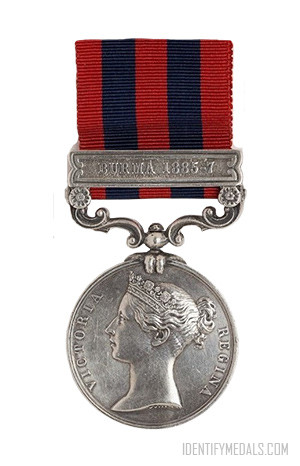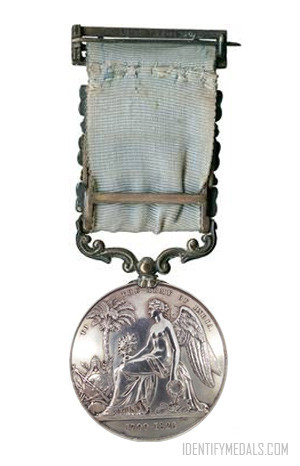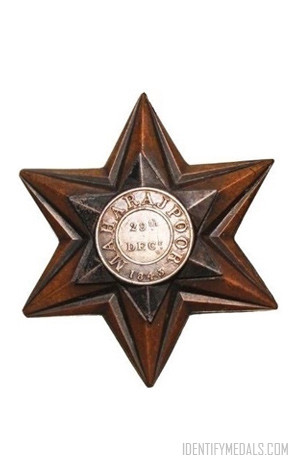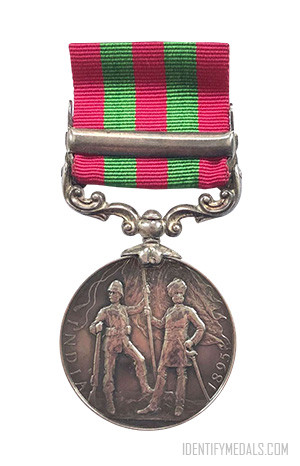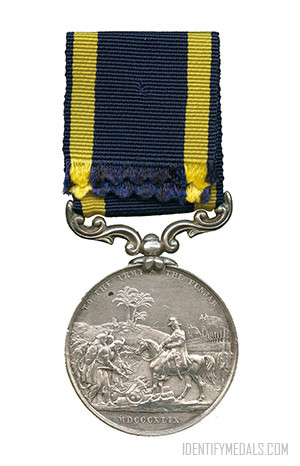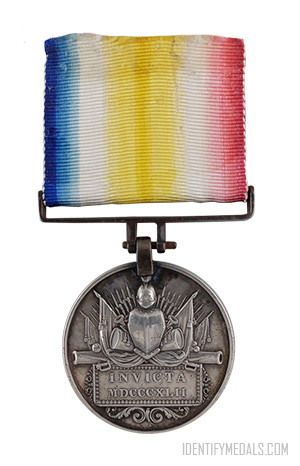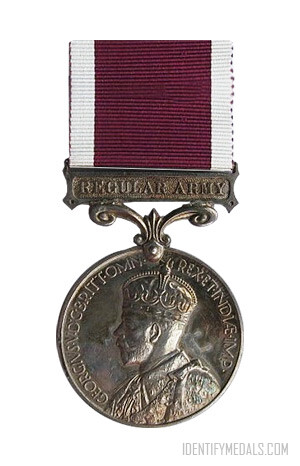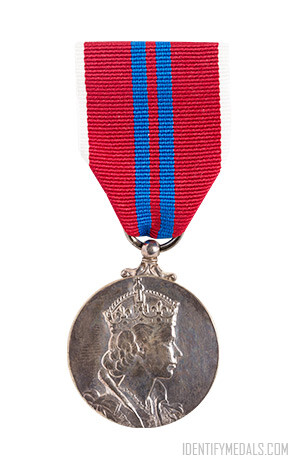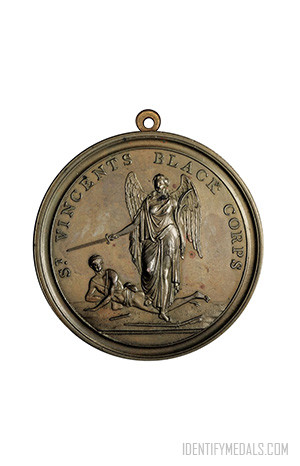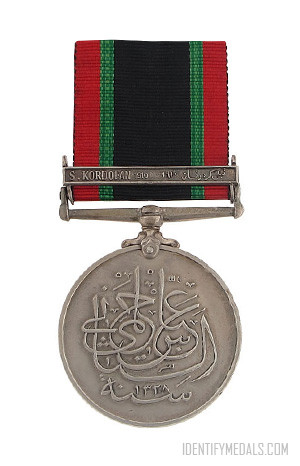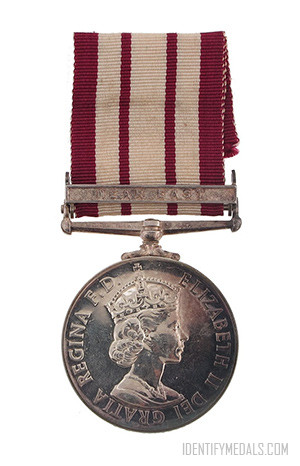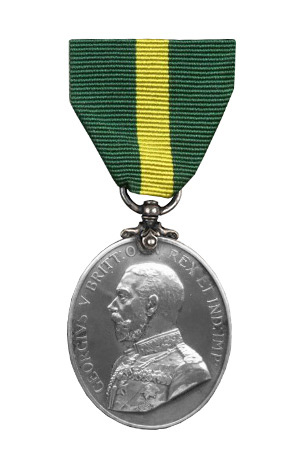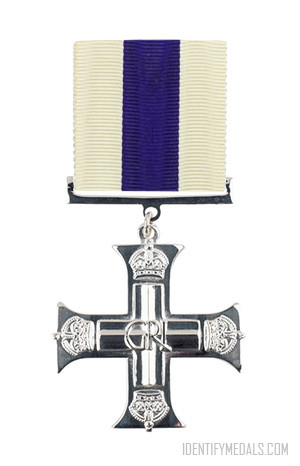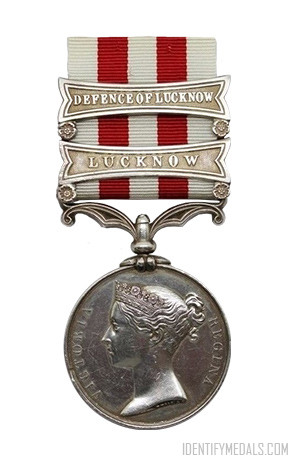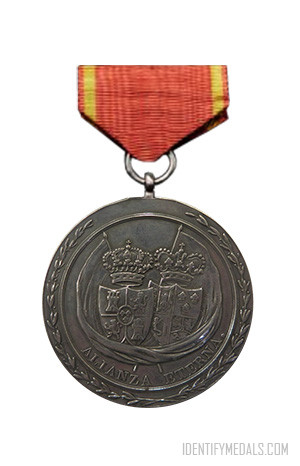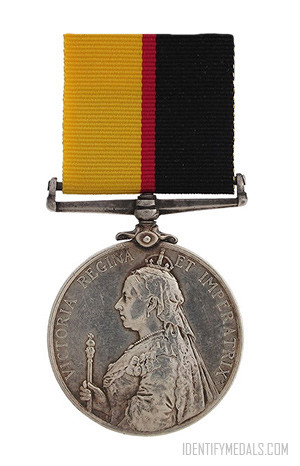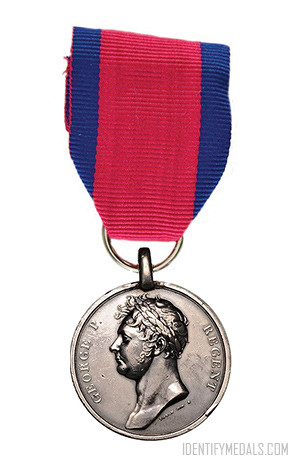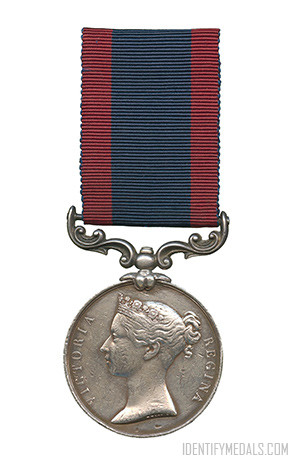- Time Period: Pre-WW1
- Year of Institution: 11 March 1854
- Country: Great Britain
The India General Service Medal (1854 IGSM) is a campaign medal issued to officers and men of the British and Indian armies for various minor military campaigns in India and nearby countries, between 1852 to 1895. The medal was approved on 1 March 1854.
In 1852 Lord Dalhousie had suggested a general service medal for smaller Indian campaigns, in order to limit the number of individual medals awarded (the Indian Army units made up the majority of forces in nearly all campaigns). The expeditions covered by the medal included few formal battles, most of which were undertaken in difficult terrain against local tribesmen.
A total of 24 clasps were awarded for 23 campaigns. The medal was never issued without a clasp, with the maximum number known to be awarded to one individual being seven.
The India General Service Medal Design
The India General Service Medal measures 1.4 inches (36 mm) in diameter, and was struck at the Royal Mint.
The medal was initially awarded only in silver. From the Burma 1885–87 clasp, medals in bronze were awarded to authorized native followers who accompanied the troops, such as bearers, sweepers and drivers.
The obverse of the medal shows a left facing effigy of Queen Victoria wearing a diadem, with the inscription “VICTORIA REGINA” inscribed around it.
The reverse depicts Victory crowning a seated warrior with a laurel wreath. In the exergue are lotus flowers and leaves.
The medal is suspended by a scrolled bar. The 1.25 inches (32 mm) wide ribbon is divided into five stripes, three red and two dark blue, each 0.25 inches (6.4 mm) wide.

